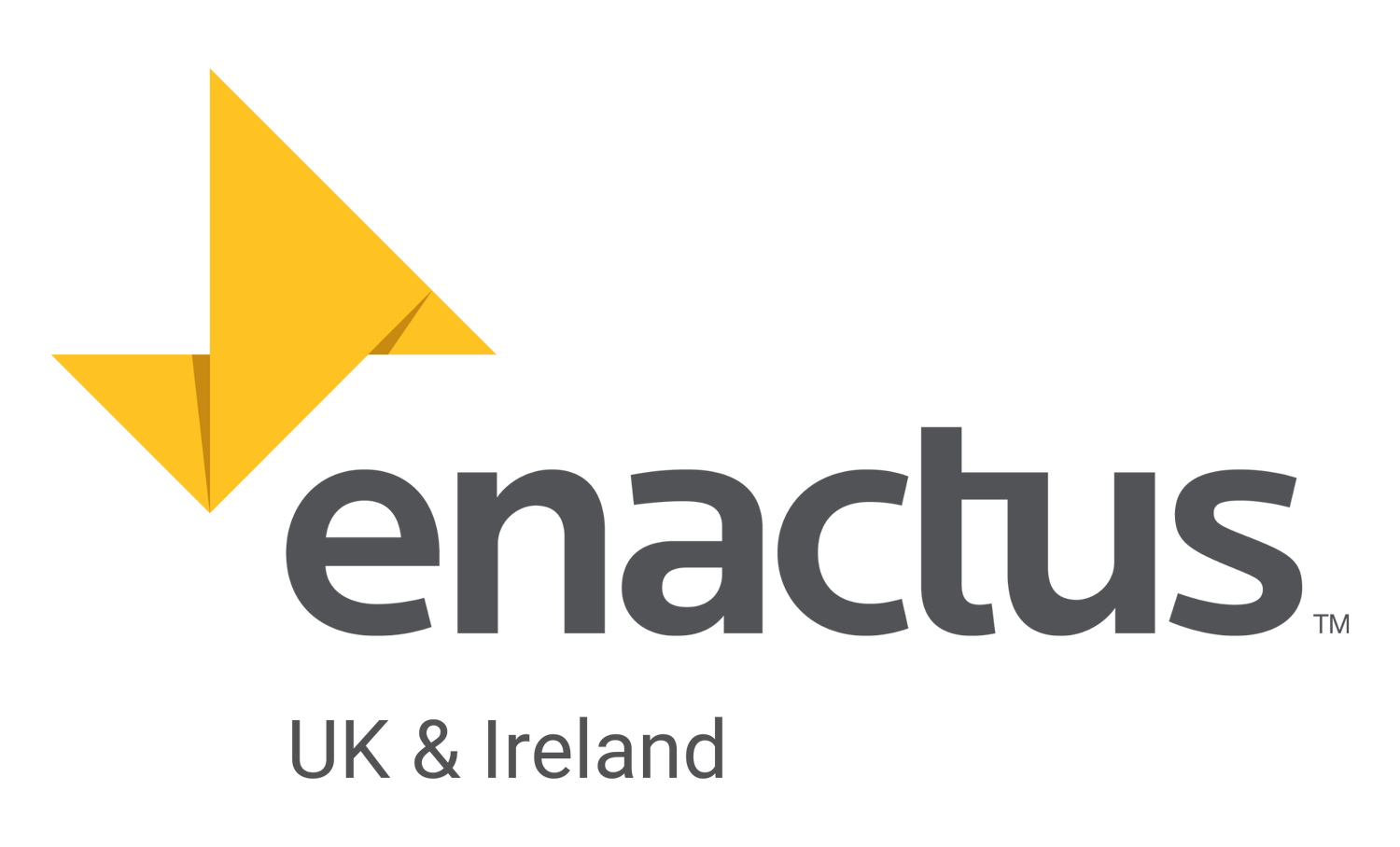Successful projects carefully choose which customer segments to target and which to exclude. Who are you creating value for? Identify your most important customers - people or organisations who will pay for your product or service. Clearly describe your ideal customers. Remember, customers are the ones who pay for your product/service, whereas beneficiaries are those who benefit from it but may not be paying.
Types of Channels
1. Communication Channels
Purpose: To inform & engage customers about your product or service.
Examples:
• Social Media: Platforms like Facebook, LinkedIn, Instagram, and TikTok for marketing & engagement.
Reach - High | Cost - Low | Impact - High | Ease of Implementation - Medium
• Email Marketing: Newsletters, promotional emails and updates.
Reach - Medium | Cost - Low | Impact - Medium | Ease of Implementation - High
• Content Marketing: Blogs, articles, videos and infographics.
Reach - High | Cost - Medium | Impact - High | Ease of Implementation - Medium
• Events: Webinars, workshops and conferences.
Reach - Medium | Cost - High | Impact - High | Ease of Implementation - Low
2. Distribution Channels
Purpose: To deliver the product or service to the customer.
Examples:
• Online Platforms: E-commerce websites, mobile apps, and online marketplaces (e.g. Etsy).
Reach - High | Cost - Medium | Impact - High | Ease of Implementation - Medium
• Physical Stores: Retail locations, pop-up shops, and showrooms.
Reach - Local | Cost - High | Impact - Medium | Ease of Implementation - Low
• Direct Shipping: Delivery of products directly to customers homes.
Reach - High | Cost - Medium | Impact - Medium | Ease of Implementation - Medium
• Distributors: Third-party companies that manage product distribution.
Reach - Regional | Cost - Medium | Impact - High | Ease of Implementation - Medium
• Retail Partners: Collaborations with other shops or chains to sell your products.
Reach - Regional | Cost - Medium | Impact - Medium | Ease of Implementation - Medium
3. Sales Channels
Purpose: To facilitate the transaction and sell the product or service.
Examples:
• E-commerce Sites: Your own website or third-party platforms (e.g. Shopify).
Reach - National | Cost - Medium | Impact - High | Ease of Implementation - Medium
• Retail Sales: Sales through physical or online retail locations.
Reach - Local | Cost - High | Impact - Medium | Ease of Implementation - Medium
• Direct Sales: Sales through direct interactions, such as door-to-door sales or direct outreach.
Reach - Local/National | Cost - Low | Impact - Medium | Ease of Implementation - Medium
• Partner Sales: Sales through partnerships with other businesses or affiliates.
Reach - Medium | Cost - Low | Impact - Medium | Ease of Implementation - Medium
• B2B Sales: Selling products or services directly to other businesses.
Reach - Medium | Cost - Medium | Impact - High | Ease of Implementation - Medium
4. Educational Channels
Purpose: To provide information and training related to your product or service.
Examples:
• Workshops: In-person or virtual training sessions.
Reach - Medium | Cost - Medium | Impact - High | Ease of Implementation - Low
• Webinars: Online seminars for educating customers or clients.
Reach - Medium | Cost - Medium | Impact - High | Ease of Implementation - Low
• Tutorials: Instructional videos or guides.
Reach - Medium | Cost - Low | Impact - Medium | Ease of Implementation - High

